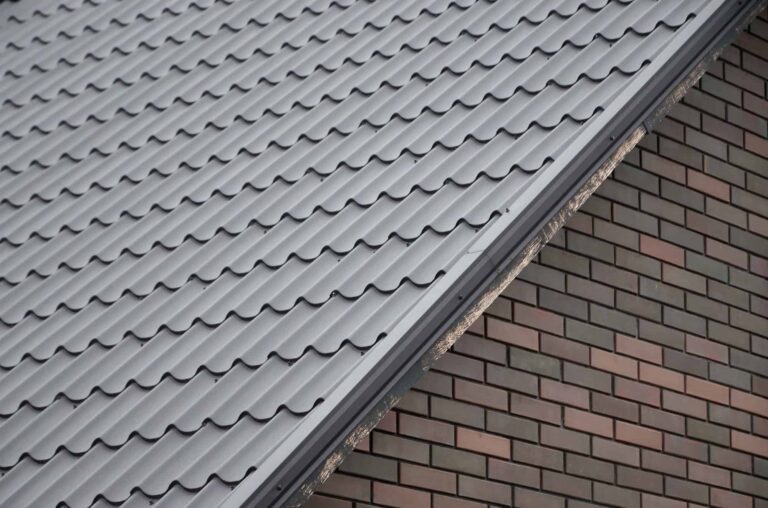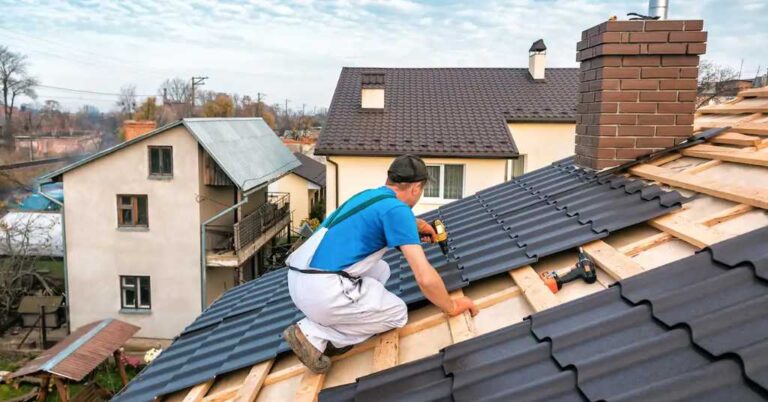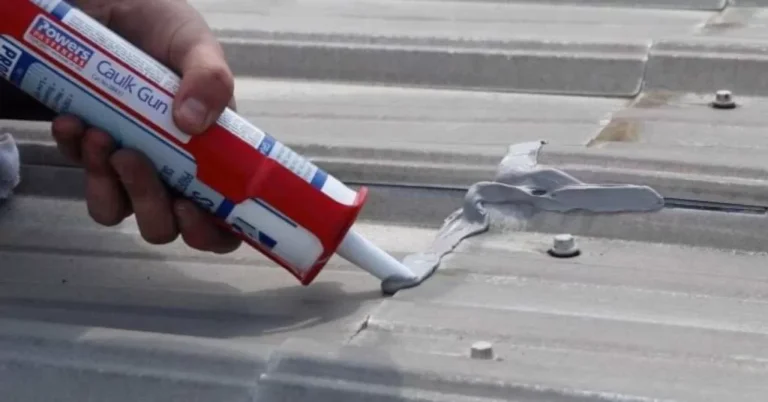Investing in long-lasting products is like investing in the future. When we choose products built to last, we’re not just buying something for today but something that will be with us for years to come.
This means we can save money in the long run by not having to replace or repair our belongings constantly. But the benefits go beyond financial savings. Investing in long-lasting products can be a more sustainable choice, reducing waste and minimizing the environmental impact of manufacturing and disposal.
When it comes to building or renovating our homes, Metal roofing is a durable and long-lasting roofing option that can provide homeowners with peace of mind for decades. Depending on the type of metal roofing material and the installation quality, a metal roof can last anywhere from 40 to 70 years or even longer with proper maintenance.
One of the reasons metal roofing is so durable is that it is made of sturdy, corrosion-resistant materials like steel, aluminum, or copper. These materials are designed to withstand the most challenging weather conditions, including high winds, heavy rains, and extreme temperatures.
Unlike traditional asphalt shingle roofs, which can warp, crack, and deteriorate over time, metal roofs hold up well under harsh weather conditions and maintain their structural integrity for decades. Metal roofs also resist damage from pests like termites and rodents, which can cause significant damage to other roofing materials.
Why is Metal Roofs so durable?
Here are eight reasons why metal roofs are so durable:
Material Strength:
Metal roofing is made from materials like steel, aluminum, or copper that are known for their strength and durability. These materials are highly resistant to damage from weather events like hail, wind, and heavy rain.
Corrosion Resistance:
Metal roofing materials are highly resistant to rust and corrosion, which can cause other roofing materials to deteriorate over time. This corrosion resistance is due to the protective coatings applied to the metal, which prevent water and oxygen from reaching the metal surface.
Impact Resistance:
Metal roofs are highly resistant to impact damage, which can be caused by falling branches, hail, or other debris. The strength and rigidity of the metal panels can withstand significant impact without causing damage to the roof.
Fire Resistance:
Metal roofs are highly resistant to fire, making them an excellent choice for homeowners who live in areas prone to wildfires. Metal roofing materials are classified as Class A fire-resistant, which is the highest level of fire resistance available for roofing materials.
Low Maintenance:
Metal roofs require very little maintenance, which can help extend their lifespan. Unlike other roofing materials that need frequent cleaning or repair, metal roofing materials can be cleaned with a simple wash using a pressure washer or a garden hose.
Energy Efficiency:
Metal roofs are highly energy-efficient, reflecting the sun’s heat and preventing it from entering the home. This can help homeowners save money on their energy bills and reduce their carbon footprint.
Longevity:
Metal roofing lasts 40 to 70 years, significantly longer than other roofing materials like asphalt shingles, which typically last around 20 years. This longevity is due to the durable and long-lasting materials used in metal roofing and its resistance to weather events and other forms of damage.
Customizable:
Metal roofing comes in a wide range of colors, styles, and finishes, making it a versatile option for homeowners who want to customize the look of their homes. This customization can help enhance the home’s curb appeal and increase its overall value.
Another factor that contributes to the longevity of metal roofing is the installation process. A properly installed metal roof will have no exposed fasteners or gaps, which can allow moisture to seep into the roof and cause damage. A high-quality installation will also ensure that the roof is properly ventilated, preventing moisture buildup and prolong the lifespan of the roofing materials.
To maximize the lifespan of a metal roof, homeowners should perform regular maintenance, including cleaning the roof of debris and checking for any signs of damage. They should also have their roof inspected by a professional at least once a year to identify and address any potential issues before they become major problems.
Why it’s important to install a metal roof properly?
A properly installed metal roof can help improve the energy efficiency of your home and increase its resale value. Installing a metal roof properly is crucial to ensure its longevity and durability. Here are some steps to follow to ensure your metal roof is installed correctly:
Choose the right materials:
Choose high-quality metal roofing materials that are designed for your specific climate and weather conditions. Look for materials designed to resist rust, corrosion, and impact damage.
Prepare the roof deck:
The roof deck must be prepared before installing a metal roof. Ensure that the roof deck is clean and free of debris and that any damaged or rotted areas are repaired or replaced.
Install underlayment:
Underlayment is a waterproof barrier that is installed over the roof deck before installing the metal panels. This helps to prevent moisture from penetrating the roof and causing damage. Make sure the underlayment is properly installed and covers the entire roof deck.
Install the metal panels:
Begin by installing the metal panels at the lowest point of the roof and work your way up. Use special metal roofing screws with neoprene washers to secure the panels. Ensure the panels are installed with the correct overlap and the screws are installed in the right location.
Flashing and trim:
Flashing and trim are used to cover the areas where the metal roof meets other components of the roof, such as chimneys, skylights, or walls. Ensure the flashing and trim are properly installed to prevent water from seeping into the roof.
Proper ventilation:
Proper ventilation is crucial to ensure the metal roof lasts longer. Without proper ventilation, moisture can build up under the roof, leading to mould, rot, and other forms of damage. Make sure that the roof is properly ventilated to allow for adequate airflow.
Regular maintenance:
Regular maintenance is crucial to ensure the longevity of a metal roof. Inspect the roof periodically to check for any damage, and repair any issues promptly to prevent them from worsening. Keep the roof clean and free of debris to prevent moisture buildup.
Choosing the right materials, preparing the roof deck, installing underlayment, properly installing the metal panels, flashing and trim, ensuring proper ventilation, and regular maintenance are all essential steps to take to ensure your metal roof lasts longer. If you are unsure about how to install a metal roof, it is recommended to consult with a professional roofing contractor. Second time around is one of the best roofing suppliers in Colorado to help you install the metal roof in the best possible way.
Conclusion
Metal roof is a smart and practical choice for homeowners who want a durable, long-lasting roofing option that can provide them with decades of protection and peace of mind. With proper installation and maintenance, a metal roof can easily last for 40 to 70 years or even longer, making it a sound investment for any homeowner looking to protect their home for the long haul.



